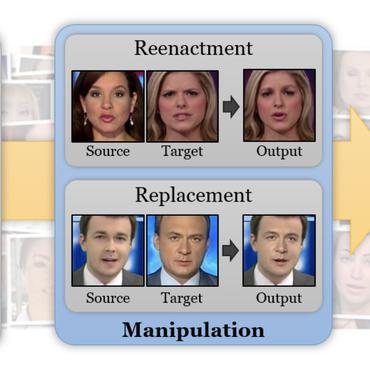ASAP: Interpretable Analysis and Summarization of AI-generated Image Patterns at Scale
Generative image models have emerged as a promising technology to produce realistic images. Despite potential benefits, concerns grow about its misuse, particularly in generating deceptive images that could raise significant ethical, legal, and societal issues. Consequently, there is growing demand to empower users to effectively discern and comprehend patterns of AI-generated images. To this end, we developed ASAP, an interactive visualization system that automatically extracts distinct patterns of AI-generated images and allows users to interactively explore them via various views. To uncover fake patterns, ASAP introduces a novel image encoder, adapted from CLIP, which transforms images into compact "distilled" representations, enriched with information for differentiating authentic and fake images. These representations generate gradients that propagate back to the attention maps of CLIP's transformer block. This process quantifies the relative importance of each pixel to image authenticity or fakeness, exposing key deceptive patterns. ASAP enables the at scale interactive analysis of these patterns through multiple, coordinated visualizations. This includes a representation overview with innovative cell glyphs to aid in the exploration and qualitative evaluation of fake patterns across a vast array of images, as well as a pattern view that displays authenticity-indicating patterns in images and quantifies their impact. ASAP supports the analysis of cutting-edge generative models with the latest architectures, including GAN-based models like proGAN and diffusion models like the latent diffusion model. We demonstrate ASAP's usefulness through two usage scenarios using multiple fake image detection benchmark datasets, revealing its ability to identify and understand hidden patterns in AI-generated images, especially in detecting fake human faces produced by diffusion-based techniques.
PDF Abstract
